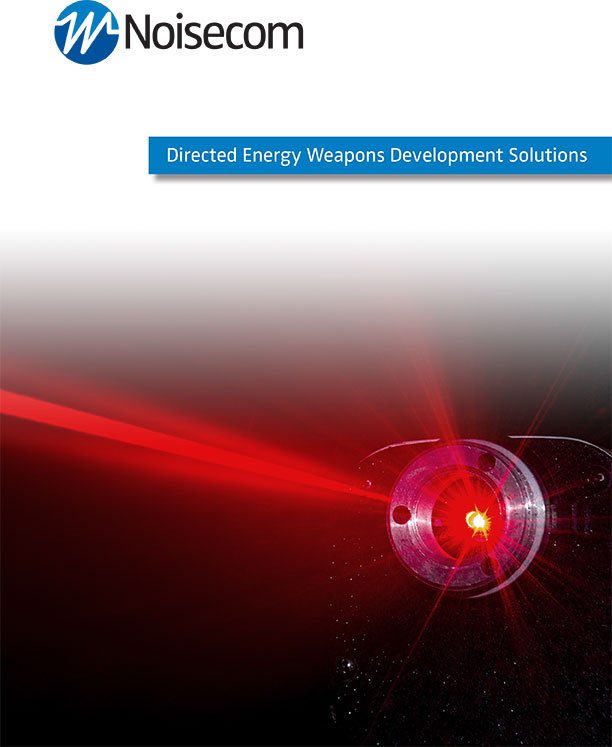 |
As the aerospace and defense industry adapts to evolving challenges, it prompts innovation of modern, high-tech weaponry. One of these emerging technologies is in directed energy weapons (DEW), which are designed to neutralize long-range targets with pinpoint accuracy using highly focused laser energy, delivering an edge over traditional weaponry to counter arising security threats across all domains. DEW can provide an endless magazine if enough power is available, thus eliminating the logistical problems of finite ammunition supplies and lowering the total cost per shot. Its speed-of-light delivery can neutralize distant targets while significantly reducing collateral damage. In addition, DEW offer a wide range of platform flexibility, capable of launching from large vehicles; ships at sea; fixed, land-based structures; and airborne platforms, among others.
Since DEW provide a unique response to rapidly emerging global threats, many industries and military branches are channeling research and development (R&D) efforts toward directed-energy technologies poised for near-term deployment. However, certain design issues must be addressed in order to achieve the high power levels necessary to support laser-based DEW deployment in critical security operations. To reach the optical powers required for laser weaponry, multiple laser modules are combined into a single beam, but the high optical intensity of each module over the fiber can generate Stimulated Brillouin Scattering (SBS) issues, which create a sizeable and destructive return loss.
Read More
|